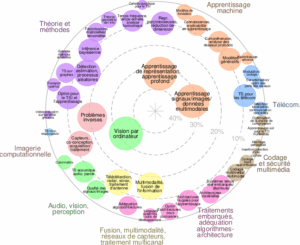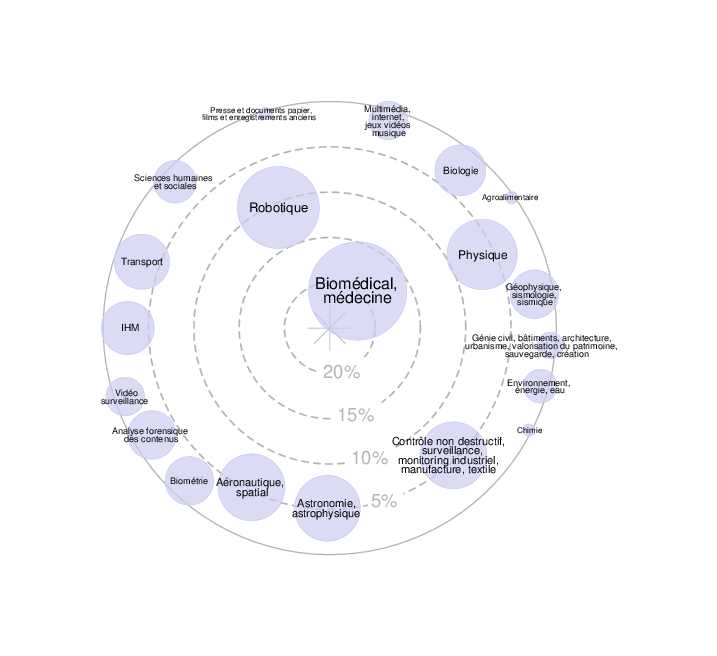Sujet de stage aux laboratoires LIPADE (Université Paris Cité) et LISA (Université Paris Est Créteil).
Candidature: envoyer un CV + lettre de motivation à Gaëlle Dufour et Sylvain Lobry.
Une suite en thèse sera envisagée.
Estimating Air Pollutant Emissions from Space Using Deep Learning
Context and objectives
The rapid industrialization and urbanization of the 20th century have driven a sharp increase in anthropogenic pollutant emissions, making air pollution a major global health concern — with the WHO attributing around 3 million deaths per year to outdoor pollution. To tackle this air quality issue, efforts have been made worldwide to progressively apply emission regulations.
Accurate, high-resolution, and long-term emission data are essential to evaluate how emission changes affect atmospheric chemistry and climate, assess the effectiveness of control policies, and improve air quality management. However, current emission inventories mostly rely on annual, aggregated national reports, which introduce significant uncertainties and prevent timely updates, thereby limiting the performance of air quality forecasts.
Recent advances in satellite remote sensing — particularly with the Sentinel-5P, Sentinel-4 and Sentinel-5 missions — now enable frequent and high-resolution atmospheric observations. Combined with chemistry-transport modelling and deep learning techniques, these datasets offer a promising pathway to derive accurate emission estimates.
This project aims to develop deep learning frameworks for estimation of pollutant emissions from satellite observations. The focus will be on nitrogen oxides (NOx), key precursors of ozone and particulate matter. Sentinel-5P’s high-resolution NO₂ data will be used to study emission changes over China, where recent regulations have reduced emissions by more than 20%.
Work description
This internship aims to develop and evaluate deep learning frameworks (e.g. SmaAT-UNET, Variational Autoencoder) to infer daily NOₓ emissions from Sentinel-5P NO₂ data over China, using the CHIMERE chemistry-transport model to learn the relationships between emissions, meteorology, and observed concentrations. The intern will train and evaluate the models using synthetic satellite data for which the ground truth is known. Finally, the best-performing model will be applied to real satellite data and evaluated using ground-based air quality measurements.
The work is part of a collaboration between the LISA and LIPADE laboratories, combining expertise in atmospheric science and machine learning. A publication is anticipated from this research.
Candidate profile
The ideal candidate will have an interdisciplinary background combining machine learning and atmospheric sciences.
Alternatively, candidates with one of the following profiles are encouraged to apply:
- a strong background in atmospheric science and good programming skills with motivation to learn ML, or
- a solid background in machine learning or data science and motivation to apply it to atmospheric research.
Proficiency in Python and interest in interdisciplinary research are essential.
Supervision team :
Gaëlle Dufour
LISA – Université Paris Est Créteil – 61 avenue du Général de Gaulle – 94000 Créteil
Email : gaelle.dufour@lisa.ipsl.fr
Sylvain Lobry
LIPADE – Université Paris Cité – 45 rue des Saints-Pères – 75006 Paris
Email : sylvain.lobry@u-paris.fr





